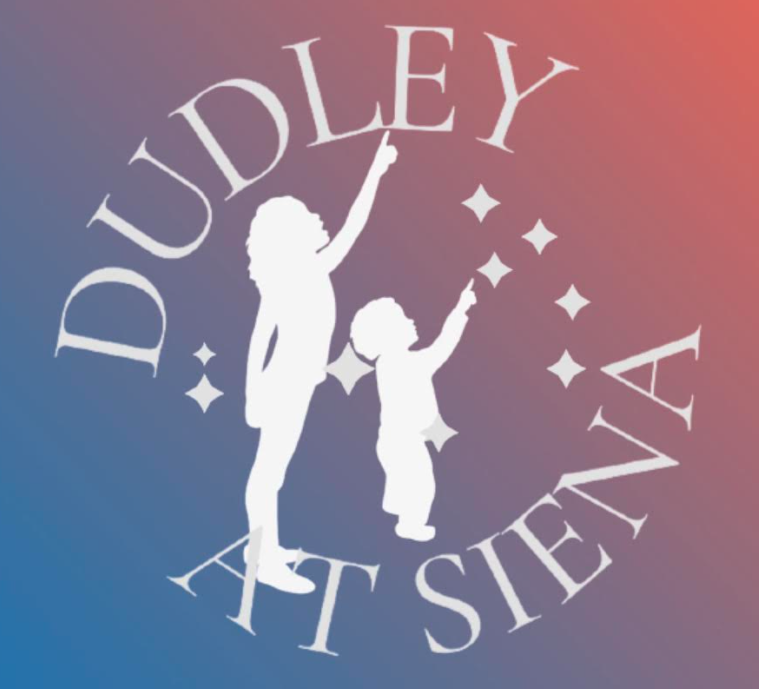Skywatch Line for Friday, August 15, through Sunday, August 17, written by Sam Salem
This is Dudley Observatory’s Skywatch Line for Friday, August 15, through Sunday, August 17, written by Sam Salem.
On Friday, Sun rises at 6:02am and sets at 7:57pm; Moon sets at 1:32pm and rises at 10:59pm.
In the early morning hours of Friday, the almost last quarter Moon will approach the Pleiades star cluster. Last-quarter Moon occurs at 1:12am Saturday morning. The Moon rises around midnight on Saturday, with the Pleiades following it up about 20 minutes behind. As the Moon gets higher, look for the Pleiades about 6° to its lower left. By the beginning of dawn, the Moon and Pleiades are very high in the southeast.
In the early morning hours on Sunday, the waning crescent Moon will move between the bright stars Capella, the brightest star of the constellation of Auriga, and Aldebaran, the brightest star of the constellation of Taurus. On Monday morning, it will lie between Capella and Betelgeuse, the brightest star in the constellation of Orion. Watch for them after midnight through dawn.
Venus and Jupiter shine together in the east before and during dawn. These are the two brightest planets, currently magnitudes –4.0 and –1.9 respectively. They lie in the east-northeast horizon, an hour before dawn begins. On Saturday Morning, Venus and Jupiter are 4° apart, with Jupiter on top. Both planets are, almost, at their farthest distance from Earth. They don’t show much in a telescope, especially, at their low altitude.
Mars, at magnitude 1.6 in the head of the constellation of Virgo, still glimmers very low in the west in evening twilight. Use binoculars to help you locate the planet. Mars sets at twilight’s end. Mars too is about at its farthest distance from Earth. Whiter Spica sits about two fists to Mars’ upper left.
Saturn, at magnitude +0.8 in the constellation of Pisces, rises due east around the end of twilight. It’s lower right of the Great Square of Pegasus, which now stands on one corner diamond fashion. The Square’s lower left side points diagonally down almost straight to Saturn. Observe Saturn with a telescope is in early morning hours when it’s high toward the south. Saturn’s rings are almost edge-on this year. The Sun shines on the rings from nearly our direction and their shadow form a super-thin black line along Saturn’s equator.
Uranus, magnitude 5.7, in Taurus near the Pleiades, rises around midnight and is high in the east before the beginning of dawn.
Neptune, at magnitude 7.8, lurks hardly more than 1° from Saturn in the early morning hours. Use finder charts to locate Neptune with respect to Saturn
The two brightest stars of the summer: Vega, the brightest star in the constellation of Lyra, and Arcturus, the brightest star in the constellation of Boötes, shine overhead after dark in the west. Vega is white with just a touch of blue. Arcturus is a yellow-orange giant.
